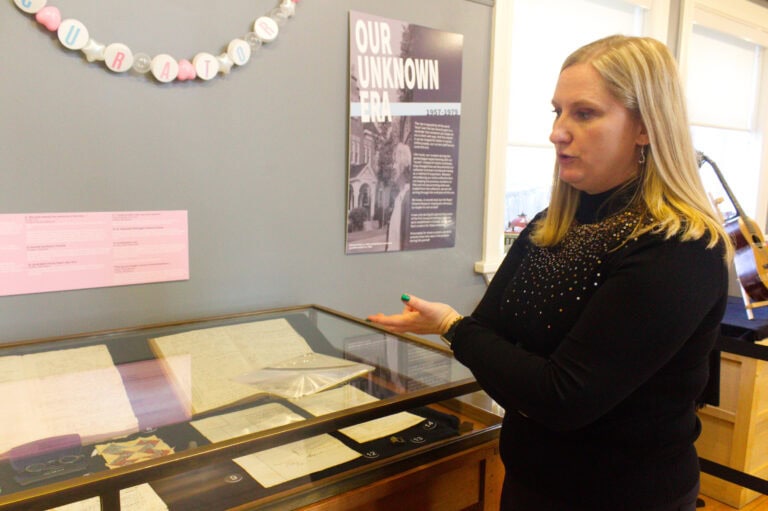Joanne Young
Special to The Lake Report
There is nothing more satisfying to a gardener than seeing those first early spring flower bulbs popping up from the cold ground.
These little sprouts soon bloom into gorgeous flowers, brightening up your garden for the start of a great growing year.
So why am I talking about spring flowers now? When people think about the first week of September and Labour Day weekend, they are usually thinking about the end of summer and the kids going back to school. For me, it signifies the beginning of the bulb buying season. Yeah!
So, let’s start off with a definition of a bulb. “A flower bulb is an underground storehouse and flower factory.” Within the bulb is everything that the plant will need to sprout and flower at the appropriate time.
This week we will be just looking at what we call “fall bulbs” – ones that are planted in the fall, overwinter dormant in the ground and start blooming in early spring. Fall bulbs include tulips, daffodils, crocuses, hyacinths, Alliums and winter aconite. “Summer bulbs” are planted in the spring, bloom throughout the summer and must be dug up and stored for the winter.
Generally, bulbs become available in garden centres the second or third week of September. As well, many companies sell bulbs online, especially hard-to-find ones.
When choosing your bulbs, look for ones that are not bruised or marked up. Most bulbs have a brown, papery covering on them called the tunic. Make sure the bulb still has this covering on it when purchasing. Choose a larger sized bulb when possible – the larger it is the larger the flowers will be and the more likely it is to bloom the first year.
Very small bulbs (immature bulbs) may not bloom until the second or third season so don’t be afraid to spend a little more on the bulbs to get big results the first year. When you are choosing your bulbs, make sure that you select a variety with staggered bloom times to extend the length of colour in your spring garden. Also, consider the different heights that the bulbs will grow to be and the height of the surrounding plants.
The best time to plant fall bulbs is from mid-October to mid-November, before the ground freezes. You may want to purchase your bulbs earlier to get the varieties that you want, though. Just keep them stored in a dark, cool area until you are ready to plant.
Bulbs prefer a loose, porous soil with lots of organic matter and good drainage. If the soil is too wet, it can cause bulbs to rot. Most bulbs prefer a sunny location – but remember that they just need sunlight until the time that they go dormant. So, if a location receives sun in early spring, but is shaded later by overhead trees, they should still thrive in that environment.
When possible, plant your bulbs in larger groupings in order to have a more dramatic and instant show of colour. Instead of planting each bulb in its own hole, dig a larger hole and place several bulbs in that hole.
Follow the directions on the package for planting depth. If there are no instructions provided, plant bulbs at a depth that is equal to three times the diameter of the bulb itself – e.g. if a bulb is two inches in diameter, plant it six inches deep.
Once the hole is dug, mix bone meal into the soil at the bottom of the hole. Place bulbs in the hole, pointed end up. To discourage squirrels from digging up your bulbs, you can cut a piece of chicken wire (with larger holes) to the size of the hole and place it over the bulbs. Back fill the hole with amended soil, such as triple mix or compost, gently packing the dirt as you go. Water thoroughly.
Your bulbs are now all tucked into bed and eagerly waiting for spring.
Joanne Young is a Niagara-on-the-Lake garden expert and coach. See her website at joanneyoung.ca.









